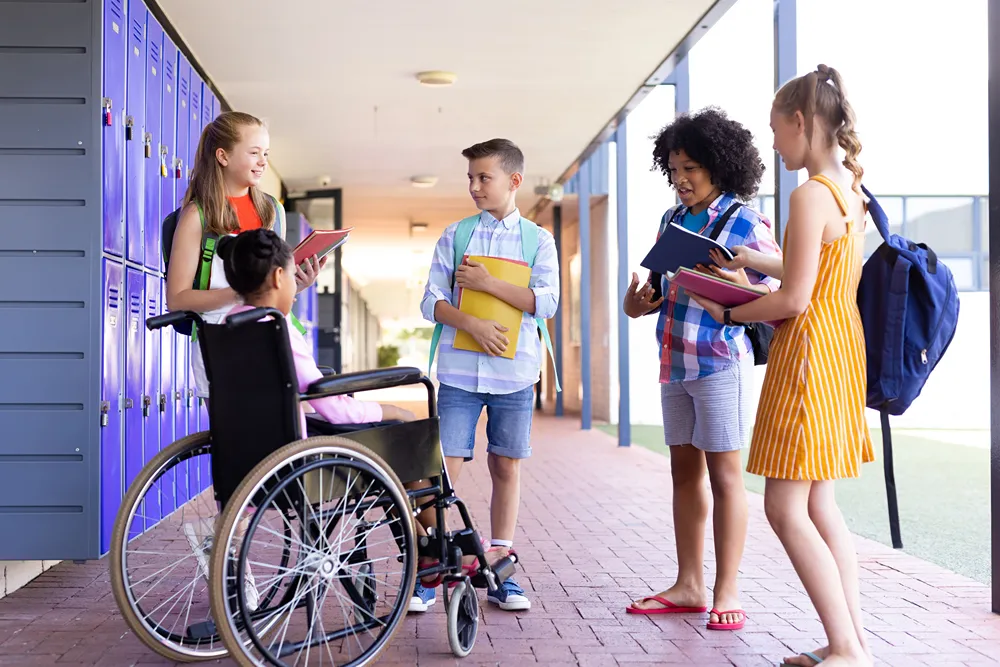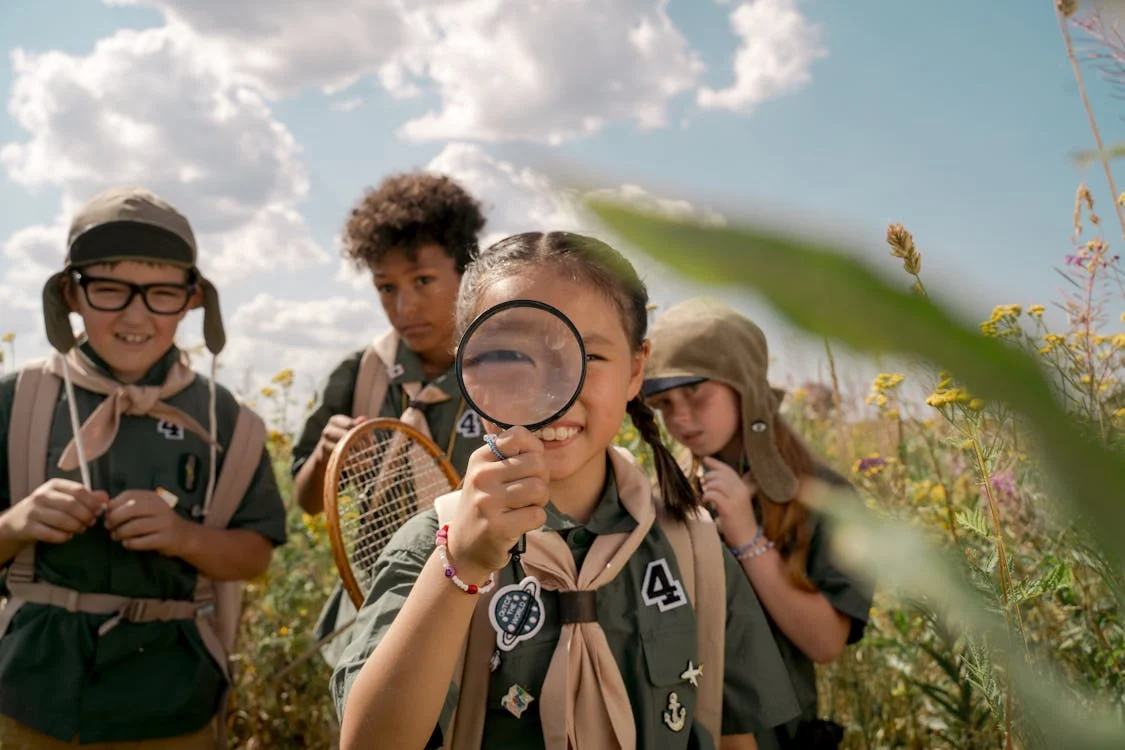Baseball is generally not considered one of the most dangerous sports, like football or hockey. However, as players progress from little league to higher levels, the game can take a toll on the body. Common injuries in baseball can vary in severity, and even minor ones can temporarily sideline players.
Common Baseball Injuries
In professional leagues, players often compete almost daily, leading to wear and tear on joints and muscles, resulting in repetitive stress injuries.
For younger and older players, injuries may arise from poor technique in activities like sliding, fielding, or hitting. Accidents, such as collisions with other players or getting struck with the ball, can happen at any level. Understanding how these injuries occur can help players reduce their risk of getting hurt, minimizing downtime, and speeding up the healing process.
Having the correct equipment is crucial to reduce the impact and likelihood of injury. This not only enhances their game but also maintains strong and well-conditioned bodies. Despite these measures, it’s nearly impossible to avoid injuries completely. Therefore, it’s beneficial to be aware of some of the most common baseball injuries.
Ulnar Collateral Ligament (UCL)
Elbow injuries, like UCL tears, can occur in baseball. The UCL stabilizes the inner elbow and can get damaged from repeated stress during throwing. Symptoms include increasing elbow pain, loss of control, and slower throws.
Torn Labrum
The labrum is the cuff of cartilage that surrounds the shallow socket of the shoulder joint, providing stability by keeping the bones in place.
The repetitive motions involved in pitching and throwing, from windup to release, exert significant stress on the labrum. This continuous stress can cause the cartilage to tear over time. As a result, players may experience symptoms such as swelling, shoulder pain, weakness, and a sense of overall joint instability.
Rotator Cuff Injuries
Baseball players often face rotator cuff injuries, especially pitchers. The rotator cuff, a complex part of the shoulder, helps keep it stable. Lack of proper warm-up, continuous stress and repetitive movements can wear down the rotator cuff, especially in older players.
Symptoms include shoulder pain and swelling. Severe tears may stop players from rotating their shoulders properly, often ending their season or even their career if not treated.
Shoulder Stress
When shoulder muscles get tired, players may experience a “dead arm,” making it hard to throw accurately. This usually happens due to too much stress on the shoulder. Treatment might involve therapy or simply giving the shoulder a good rest.
Wrist Trauma
Collisions or hits from a ball can cause wrist injuries. Wrist Tendonitis happens when wrist ligaments and tendons swell, tear, or rupture, causing pain and weakness.
Pitchers Elbow
Pitchers can suffer from Pitchers Elbow due to ongoing damage to tendons. This leads to pain and swelling on the inner elbow and forearm, affecting their game.
Knee Tears
Knees, like other joints, can get injured in baseball. Stress, age, or sudden impacts can cause tears in knee ligaments or the meniscus. This results in pain, inflammation, and feelings of instability.
Ignoring symptoms is risky. Effective treatment is essential for reducing downtime and speeding up healing in baseball injuries.
Possible Treatment Methods
Effective treatment for common baseball injuries varies based on the type and severity of the issue. The following therapies are generally beneficial for pain relief and healing:
R.I.C.E Method
The RICE method involves four key steps: Rest, Ice, Compress, and Elevate. This conservative approach is recommended for minor bumps, strains, or other issues. RICE is most effective during the first few days after an injury occurs.
Red Light Therapy
Red light therapy has become a go-to solution for both elite and recreational athletes across various sports. Red light therapy can be beneficial for a range of issues, including rotator cuff tears, tennis elbow, knee injuries, low back sprains, muscle sprains, strains, ACL, and MCL injuries.
For knee injuries prone to cartilage degradation and ligament tears, red light therapy emerges as a supportive measure. While surgery is often necessary for ligament injuries, incorporating red light therapy before and after the procedure can accelerate the healing process. Additionally, this therapy showcases promise in assisting with bone fractures and stimulating bone formation.
Red light therapy’s stimulates energy production within cells, particularly the mitochondria responsible for producing adenosine triphosphate (ATP). This cellular-level support aids in pain relief.
For optimal results, combining red light therapy with conventional treatments or physical therapy is recommended. A daily 10- to 20-minute red light therapy session contributes to enhanced healing at the cellular level.
Taping and Strapping
Taping and strapping are methods used to support the elbow, wrist, ankle, and knee, effectively decreasing stress on muscles, joints, and other soft-tissue areas. This approach is particularly helpful for injury prevention and management.
Taping and strapping provide additional support to vulnerable areas, aiding in stability during physical activities. Reducing stress on muscles and joints, taping and strapping contribute to minimizing the risk of further strain or injury.
EPAT
EPAT Therapy or Extracorporeal Pulse Activation Technology is a painless and non-invasive treatment method for baseball injuries, designed to accelerate the healing process.
EPAT Therapy utilizes impulse pressure waves that penetrate deep into the tissue and muscles. This enhances blood flow to the affected area, reducing swelling and inflammation. Unlike surgery, EPAT Therapy carries no risk of infection or scarring. Players can often undergo EPAT Therapy without losing any playing time.
Many college and professional teams employ EPAT, also known as Shockwave Therapy. This is because it proves effective in helping players recover more swiftly from baseball injuries. EPAT Therapy is a modern approach, valued for its efficiency in promoting healing without the drawbacks associated with more invasive treatments.
NSAIDS
Non-steroidal Anti-Inflammatory Medications (NSAIDs) are readily available over-the-counter pain relievers. These medications play a crucial role in reducing pain and mitigating inflammation associated with injuries.
NSAIDs are widely used for their pain-relieving and anti-inflammatory properties. These medications are effective in reducing pain and helping to decrease inflammation, providing relief to individuals dealing with various injuries.
In the past, steroid injections were employed by trainers to address serious inflammation and pain. However, these injections are becoming less common due to the potential damage to tissues associated with frequent use. As a result, NSAIDs are often preferred for their efficacy and safety profile in managing pain and inflammation.
Physical Therapy
Physical Therapy is an essential approach to managing baseball injuries. This strategy involves various aspects, including aiding recovery, enhancing flexibility through stretching, and warming up routines. It can also be used during cooling down with techniques like ice baths and massage.
Additionally, physical therapy provides a valuable opportunity for athletes to refine their form and techniques, minimizing the risk of future injuries. Its integration with complementary treatments, such as EPAT Therapy, proves highly effective in reducing downtime for players.
Surgery
Surgery is generally a last resort for baseball injuries, with players opting for alternative methods, often successfully, before considering surgical intervention. While methods like the R.I.C.E., red light therapy, and physical therapy are commonly preferred, there are instances where surgery becomes inevitable.
Conclusion
Knowing about common baseball injuries is vital. Athletes can lower their risk with good warm-ups, strength training, and therapies like red light therapy. Prioritizing safety and a holistic approach to injury care is crucial for future safety. By staying informed and proactive, players can protect themselves and contribute to a safer future on the field.
Related Reading:
Read about baseball parent etiquette.











